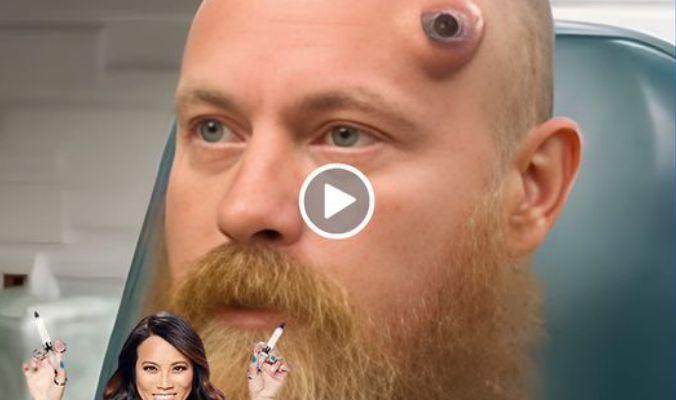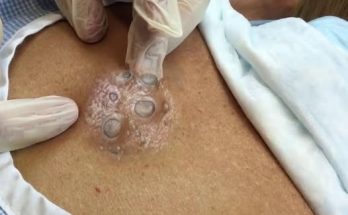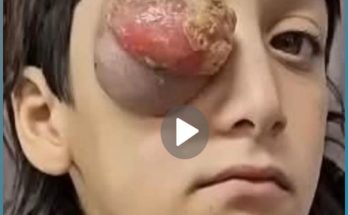Scroll Down to watch..👇👇

When fungal acne appears, many patients initially believe that the spots are typical acne, which is caused by pores clogged with oil and dead skin cells. It is important, however, to differentiate between typical acne and fungal acne because the treatments for each are very different. While typically acne can be treated using a salicylic acid cleanser, clearing and exfoliating the pores is not typically sufficient to treat fungal acne. It is best to seek a diagnosis and prescription from a board-certified dermatologist, such as Dr. Green, as she will be able to provide you with the best course of action for treatment. If you are at home, trying to differentiate between the two kinds of acne, some key differences are as follows:
- Location of pimples on the body – Where bacterial acne occurs primarily on the face, fungal acne can occur on the chest, arms, shoulders, and upper back as well. This is especially true if your fungal acne is caused by moisture trapped in sweaty clothing
- Size – While regular acne spots are varying in size and shape, fungal acne appears in uniform clusters, where each pimple is generally the same size.
- Clusters – Unlike typical acne, which can appear randomly across the face, fungal acne appears clustered in one specific area of the face.
- Itching – Bacterial acne does not usually itch, unlike fungal acne, which is often pruritic.
Fungal acne will generally not go away on its own. Fungal acne is a yeast infection that occurs when there is an overgrowth of yeast on the skin, and leads to an infection in the hair follicles. Without treatment, fungal acne can take months to recede. With the proper diagnosis of fungal acne, Dr. Green can help treat this condition effectively and cure your fungal acne.
Happy to Watch Full video here..👇👇



